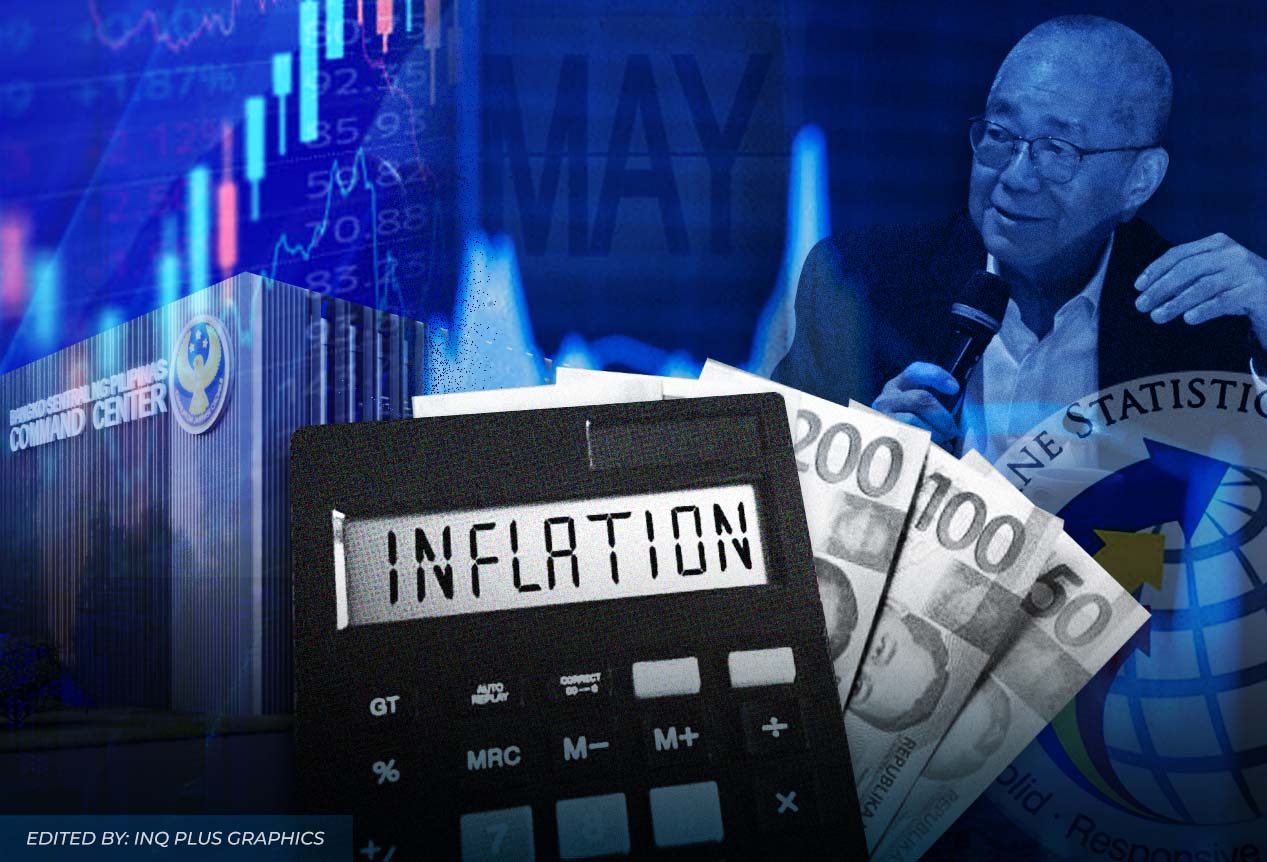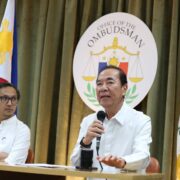Poll: Inflation slowed in May

Inflation might have eased in May, as a strong peso helped soften oil prices while the cost of some major food items like rice fell.
Inflation, as measured by the consumer price index (CPI), likely settled at 1.3 percent last month based on the median estimate of 13 economists polled by the Inquirer.
If the prediction comes to pass, the figure that the Philippine Statistics Authority (PSA) would report on June 5 would be lower than the 1.4 percent CPI reading in April.
The Bangko Sentral ng Pilipinas (BSP) had a more flexible outlook: inflation might have settled to as low as 0.9 percent or to a high of 1.7 percent.
But overall, the forecasts suggested that price growth in May might have settled below the lower-end of the official target range of 2 to 4 percent.
“A strong peso and moderating global oil prices have lowered the cost of energy,” said Aris Dacanay, economist at HSBC. He penciled in a CPI print of 1.2 percent.
“Food prices, on the other hand, were mixed. Leafy vegetables like cabbages become more expensive, but rice prices continue their decline,” Dacanay added.
“All in all, headline inflation likely remained flat month on month, with risks tilted to the downside if the prices of other goods and services adjust alongside easing energy prices,” he continued.
Sarah Tan, economist at Moody’s Analytics, agreed that lower food prices were the main driver of disinflation last month. She expected the CPI in May to be unchanged at 1.4 percent.
“Food supply is expected to have improved compared to a year earlier due to better weather conditions, supporting better harvests. This should feed into stable retail price growth,” Tan said.
“As for utilities, power rates were lowered in May, which will provide a relief to households and businesses,” she added.
As it is, another month of benign inflation would support the ongoing easing cycle of the BSP, which has so far trimmed the benchmark rate that banks typically use when pricing loans to 5.5 percent.
BSP Governor Eli Remolona Jr. said there was “plenty of room” to reduce borrowing costs, adding that at least two more rate cuts are likely on the table this year.
The powerful Monetary Board will meet again on June 19 to decide on policy settings, a task that has become more complicated than ever amid heightened global trade uncertainties emanating from the ongoing US trade war.
Metrobank chief economist Nicholas Mapa, who expected higher prices of meat and utility to have picked up to 1.5 percent, said three more rate cuts are likely on the table of the BSP this year.
“Despite the slight uptick in the headline figure, inflation is well below the BSP’s inflation target and is forecast to remain target consistent over the policy horizon. As such we believe BSP has a copious amount of space to cut rates and support growth momentum during these challenging times,” Mapa said.





















